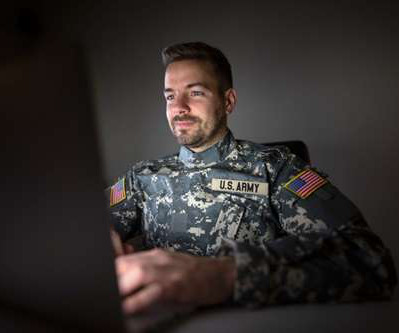Build a Digital Ecology–Promote IT Collaboration Across Your Organization
.orgSource
MAY 1, 2023
Identify staffers who can be your IT ambassadors and fill these significant roles: Strategists Strategists are the visionaries, facilitators, and problem-solvers who inspire curiosity throughout the organization. Strategists are visionaries, facilitators, and problem-solvers. Start Small Start with small, manageable projects.



































Let's personalize your content